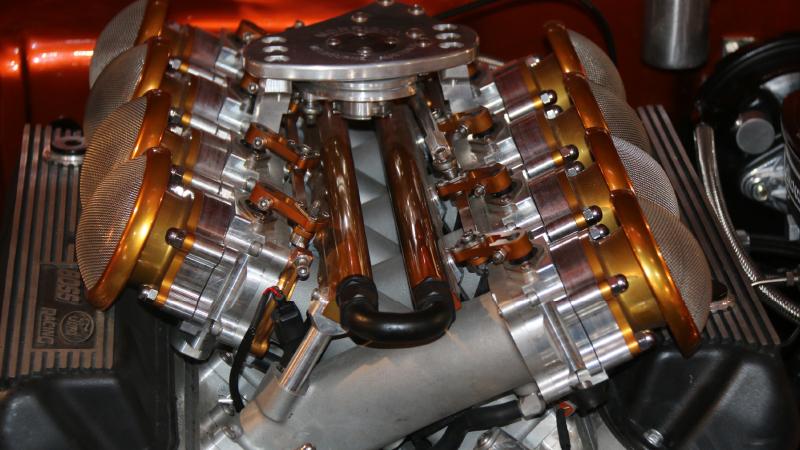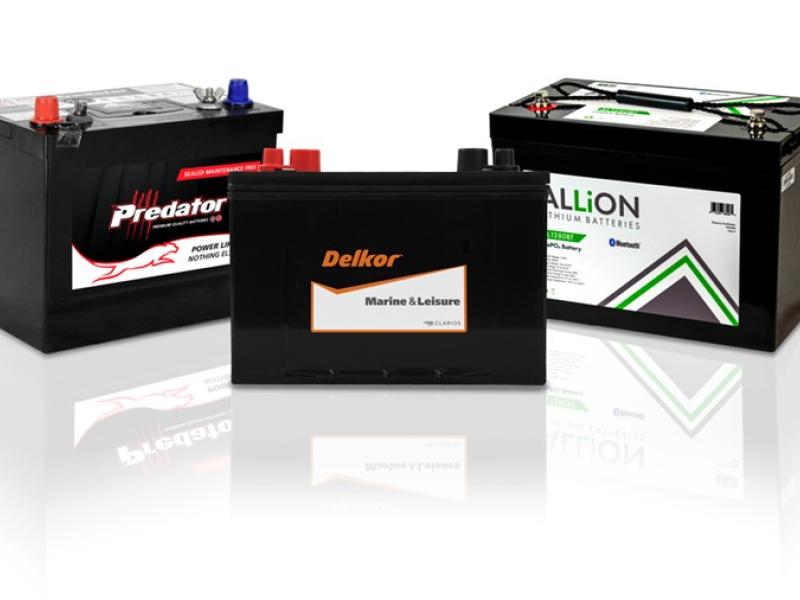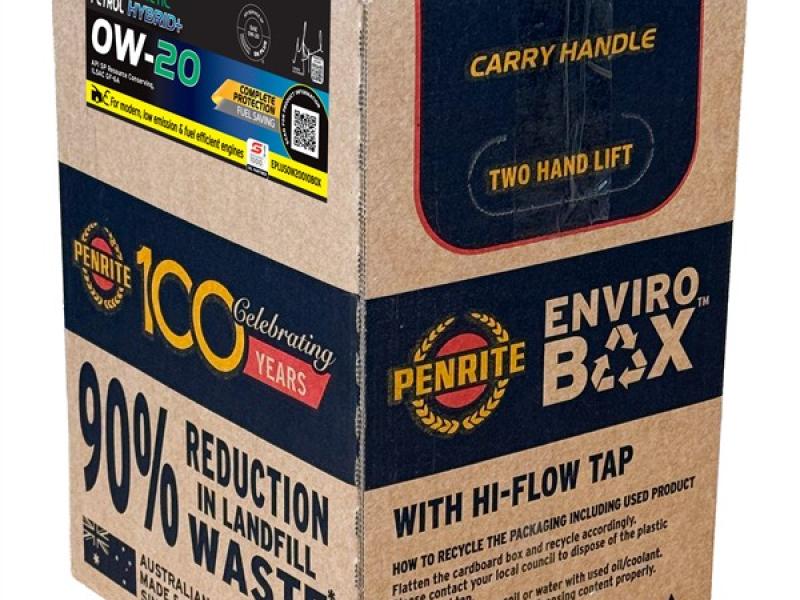Sorry, but you can’t have it all – like the usual anecdote says, you can have any two, but not all three. Faster and cheaper – sure – for a while till it breaks. Faster and stronger – sure, but it won’t be cheap, and stronger and cheaper – yep, but it won’t be fast.
Do a search on the term performance tuning and you would think it starts and ends with the ECU (Chip). At the base end of the market this may be true for a quick improvement in performance and good bang for buck. But performance really needs to be looked at much more holistically, as almost any change is likely to upset the balance of the vehicles systems. The larger the increase desired the more this becomes a factor.
For instance, as performance rises you will need to look at suspension, brakes and tyres to maintain safety and drivability. Beyond specific limits you will need to consider Low Volume Certification, which then has specific requirements around brakes and other components. As you produce more power you will need to consider if engine cooling needs an upgrade to cope and if the engine internals are literally up to the job before you produce a short-lived hand grenade. A larger turbo may need a bigger intercooler and you may need to consider a fuel pump capacity upgrade and the list goes on.
If you in the tuning business you need to be aware of all these issues, which may vary for different vehicle models. You are ultimately responsible for your work – if the car breaks, the client will be back to see you, and if there is a failure causing an accident, the consequences could be significant for you and your business, so best not to cut corners if you are putting your name and business brand on it.
Sometimes forgotten, but still a viable alternative is an engine swap – whether that is for a higher performance version of the same basic engine size and type fitted (maybe out of the performance version of the range) or for something completely different. Engine transplants range from the sensible through sublime to somewhat whacky. Back when I was young, the bigger capacity and the more cylinders you could fit in the better, channeling the old American saying, “There’s no substitute for cubic inches.” This saw a rash of V8 engines being grafted into a variety of small European, British and Japanese cars in the 70’s and 80’s with many V8 Escorts, Cortinas and even a couple of VW Beetles getting the V8 treatment. A legendary local car was a Fiat Bambina with a 1500cc VW Beetle engine hanging out the back, which could wheel stand up the main street. Nowadays this is more likely to be a rotary or a top end turbo engine although V8’s also continues to hold allure in this space.
Amongst the whacky are a number of aircraft and tank engines that have found their way into cars whether the legendary Lycoming Special raced in NZ in the 60’s to several Merlin engine Rolls Royce’s around the world and a trend to fit high performance motor bike engines such as the Suzuki Hayabusa in small car and micro cars.
However it is done, performance is the name of the game!






